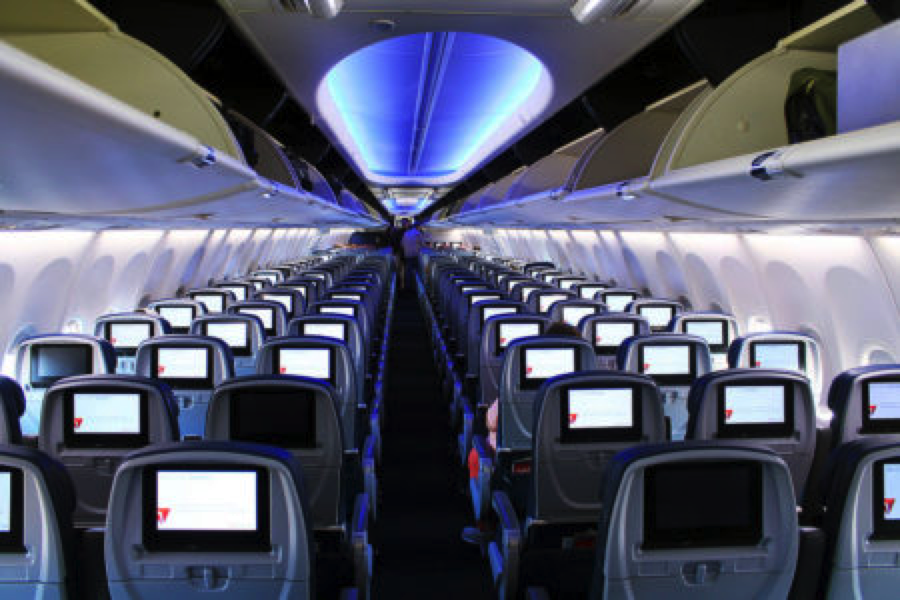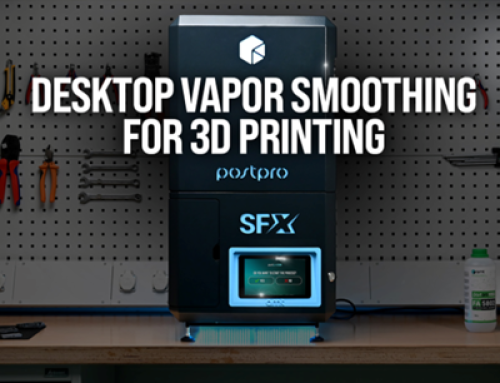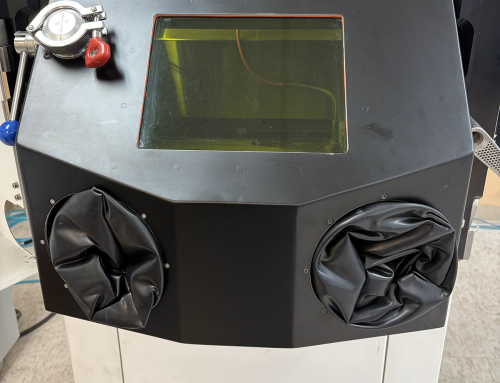As the adoption of additive manufacturing processes continues to take hold in aviation, with leaders like Airbus incorporating hundreds of printed parts on their new generation aircraft, and Boeing production lines, we’re starting to recognize a next level of maturity in how regulations are being implemented to accommodate for these changes.
Airline carriers are beginning to use additive manufacturing to reduce inventory and alleviate supply chain constraints, but there is no better example of 3D printing’s robust and flexible usage than on the design of aircraft interiors. Many airlines understand that the accommodating comfort and offering a differentiated passenger experience are central to their customer’s loyalty and provide a lasting impression for their brand. This is one area that many carriers spare no expense or effort in order to create the refined and distinct cabin experiences that their customers demand. And while every part on an aircraft must meet strict airworthiness standards, the lower criticality of interior components allows for the effective introduction of additive manufacturing to enable customization of interior components cost effectively for the first time.
As manufacturers look to the future to define how 3D printing and connected processes can better meet their business demands and reduce supply chain complexities, the task of certifying a part within this changing environment can be overwhelming given the lengthy process and the many steps that are required to meet airworthiness regulations. Understanding the process can greatly enhance the outcome and reduce unnecessary delays or frustrations. The FAA is working with aviation and business leaders to help remove some of this friction by tailoring certification tracks that meet the needs and demands of the fast changing industry. In the case of additive manufacturing, we have leveraged decades of process development in the composites manufacturing space, to chart a very similar course for the certification of 3D printed parts.
In conjunction with America Makes, industry partners, and the National Institute for Aviation Research, and under the oversight of the FAA, we have launched the qualification of the Fused Deposition Modeling technology on a new configuration of the Fortus 900mc. The result is a highly repeatable process, with full documentation and traceability, and a B-Basis Allowables database that will speed certification of FDM parts for aircraft interiors around the world.
For more information on our complete line of Stratasys 3D printers, please click the button below.








Leave A Comment